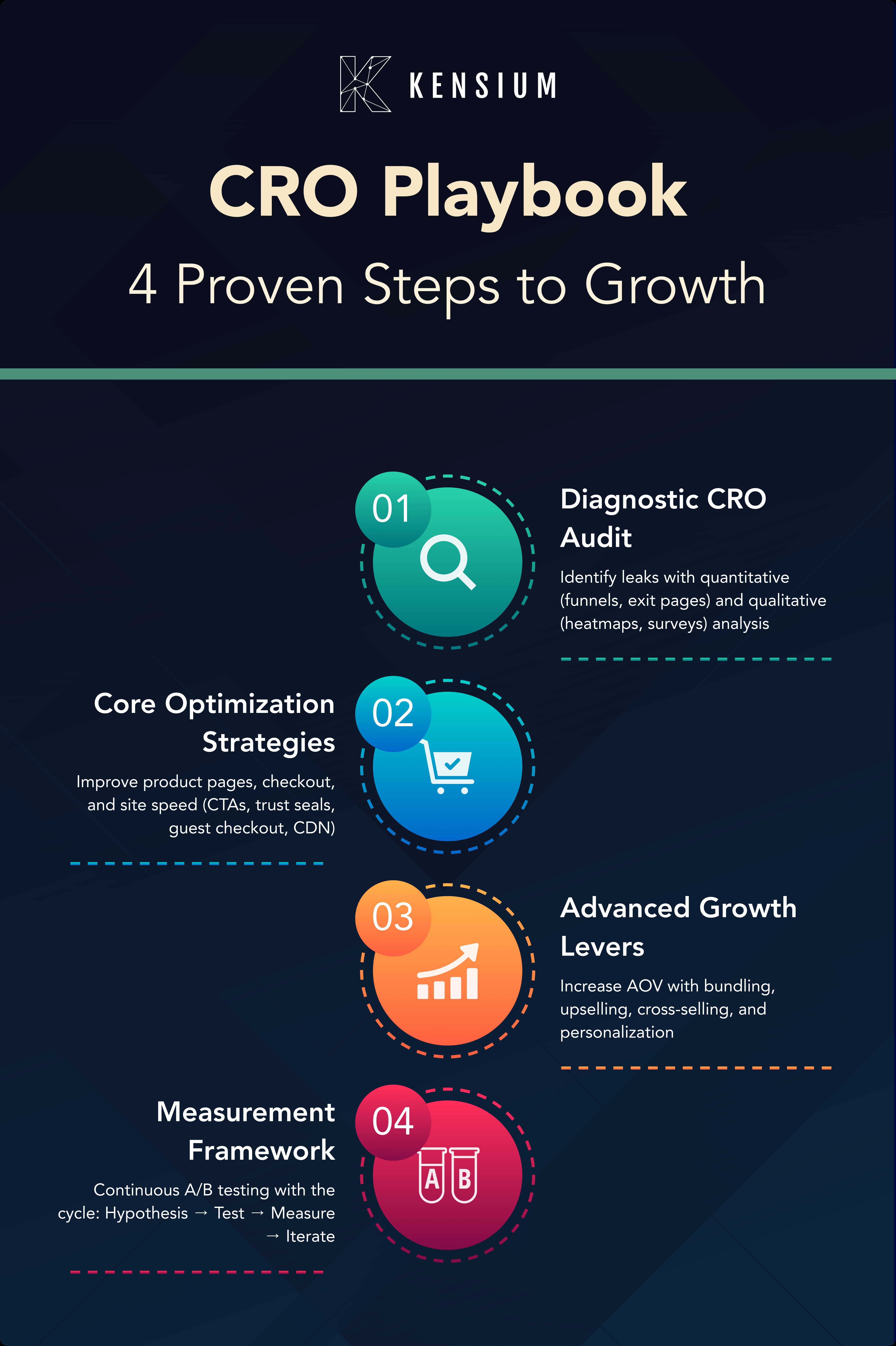
Amazon is a massive marketplace with millions of shoppers and over 12 million listings. The sheer number of listings and merchants selling through Amazon makes attracting external traffic directly to a merchant’s listings critical to their success. However, accomplishing this objective is challenging.
Partnering with an end-to-end solution provider like Kensium helps retailers reach customers around the globe and increase revenues. We implement solutions through BigCommerce and Acumatica ERP designed to help merchants of any size, in any vertical integrate the systems to attract customers to Amazon listings.
What Is External Traffic?
External traffic consists of potential customers on the Internet but not on Amazon. They search for products and services on Internet browsers like Google and Bing. Online merchants must capture this segment of customers to increase brand recognition online and within Amazon.

Attracting this traffic starts with an ecommerce website that is well-planned and designed to highlight products and services. A platform like BigCommerce centralizes website content and product listings that sync to an Amazon storefront. Merchants experience a more efficient product listing process because they can integrate Amazon with BigCommerce and automatically sync listings from their website to their storefront.
Ways To Drive Traffic
Sending consumers directly to a product listing is one part of an overall omnichannel sales strategy. One benefit of this strategy is bypassing Amazon's regular search with competitor listings and directing visitors to your entire product catalog.
Kensium helps merchants achieve this by creating a complete end-to-end solution with BigCommerce and Acumatica. Connecting the two helps by automating workflows across multiple sales channels to enhance your marketing efforts.

Five essential parts of a successful strategy to increase direct traffic are:
1. Social Media Marketing
Social media platforms like Facebook, Instagram, and Twitter can be powerful tools for promoting your products and driving traffic to your Amazon listings. You can create social media posts that showcase your products and provide links to your Amazon listings. You can also run paid social media ads that target your ideal customer demographic.
2. Influencer Marketing
Influencer marketing involves partnering with social media influencers to promote your products. Influencers have large followings on social media platforms and can help you reach new customers. You can offer influencers free products or a commission on sales in exchange for promoting your products.
3. Google Ads
Google is a powerhouse for increasing traffic to your website and product listings. However, managing Google Ads is challenging from within the ads manager. Instead, implementing a solution like BigCommerce provides integrations, automatically creating ads on Google, syncing catalogs to the Google Merchant Center, and using the app's built-in tools to design campaigns and track their performance.
4. Content Marketing
Content marketing involves creating valuable content, such as blog posts, videos, and infographics, that educates and informs your target audience. By creating content that is related to your products, you can attract new customers to your website or social media profiles. From there, you can direct them to your Amazon listings.
5. Email Marketing
Email marketing can be a powerful way to promote your products and drive traffic to your Amazon listings. You can build an email list of potential customers and send them regular emails promoting your products. You can also include links to your Amazon listings in these emails.
External Traffic Checklist
To help merchants find the best way to generate leads and increase conversions, we’ve created a checklist of strategies that align to increase Amazon traffic from all sources.
Step 1: Research Your Competition
The first step of researching competitors is knowing who they are. There are three types of competitors to explore:
- Primary – these are competitors who offer the same or similar products and services and target the same audience as you do.
- Secondary –companies that provide a similar product but don’t share the same target audience (for example, a secondary competitor offers a low-end or high-end version of a specific product)
- Tertiary – these companies offer products or services that are in some way related to yours. For example, you generally sell sportswear, but a tertiary competitor only sells running shoes.
Once these competitors are identified, merchants need to ask the following questions and determine their position in the market:
- What are they doing right?
- How can it be replicated?
- How can their position be improved upon?
These questions and general market analytics help ecommerce merchants create a strategy to differentiate and advertise to specific customer segments, increasing the likelihood of selling products listed on Amazon and other commerce channels.
Step 2: Choose the Right Keywords
Keywords or terms are words that users type into search engines to find what they're looking for. Businesses use these keywords to create headings and descriptions so that their products appear when users enter a search query using related keywords. Adding keywords drives traffic to your Amazon listing organically. Whenever people type those keywords, your Amazon store will be among the first they will see. So, what are the right keywords, and how do you find them?
The right keywords:
- Have search traffic potential, meaning how many people search for those keywords.
- Have been explored for business potential. Will they work for your business?
- Match the searcher's intent.
Step 3: Optimize Your Listing on And Off Amazon
After you optimize your title, the next thing is your Amazon product page. Every product page element plays a vital role in increasing your visibility. Here are the three areas to optimize on your web product page.
- Product description - provide detailed information on your product and include your keyword in the description.
- Use bullet points - bullet points help customers look at the main features of your product. These points offer an opportunity to boost your ranking and increase sales.
- Product images - people trust products more when they can see them. This is why photos are so crucial in helping customers choose one product over another. Adding multiple images from different angles gives the best possible representation of your product and lets potential customers get a 360-degree view of the product they're trying to purchase.
Step 4: Social Media & Email Marketing
Once you've optimized your Amazon store and pages, it's time to spread the word. Develop a social media marketing strategy and leverage social media platforms to grow your brand, build a following, connect with your audience, and increase brand awareness. Customers are already looking at their mobile devices all day, and this is an incredible marketing opportunity.
- Social Media Strategy
- Identify Social channels that fit your product offerings (for example, B2B would use LinkedIn, and D2C may use Facebook, TikTok, or Instagram)
- PPC Ads
- Email
- Segmentation & Retargeting
- Nurture Campaigns
Find The Right Partner
Kensium is the Official Retail and Commerce partner with Acumatica and an Elite Partner with BigCommerce. We implement the systems merchants need to run their businesses successfully. Our award-winning developers create custom apps and integrations to help ecommerce businesses reach more customers in more places, helping them identify leads and increase conversions. Contact us today and learn how Kensium helps merchants connect the technology necessary to drive traffic to your Amazon product listings.








.png)



































